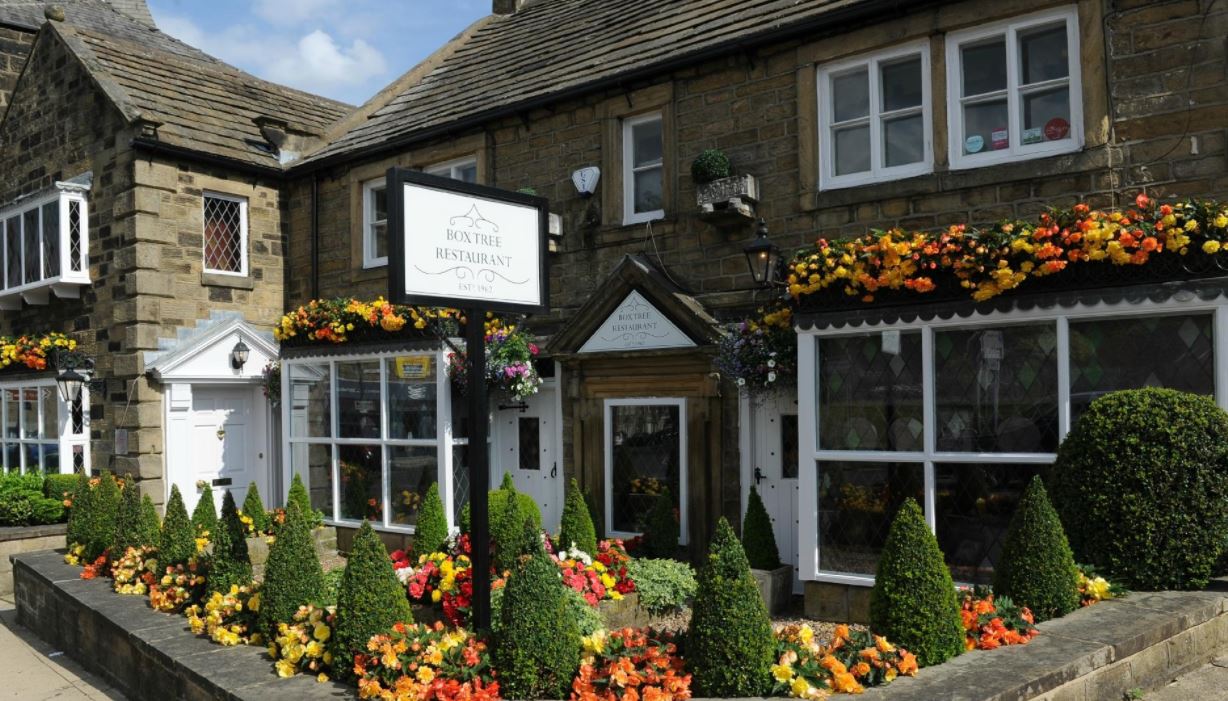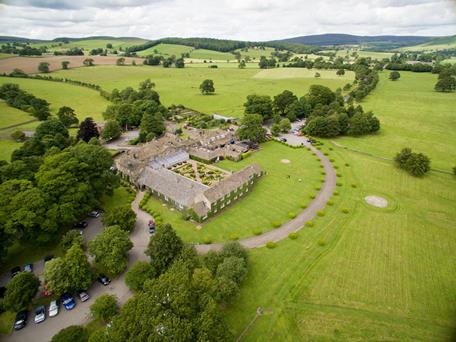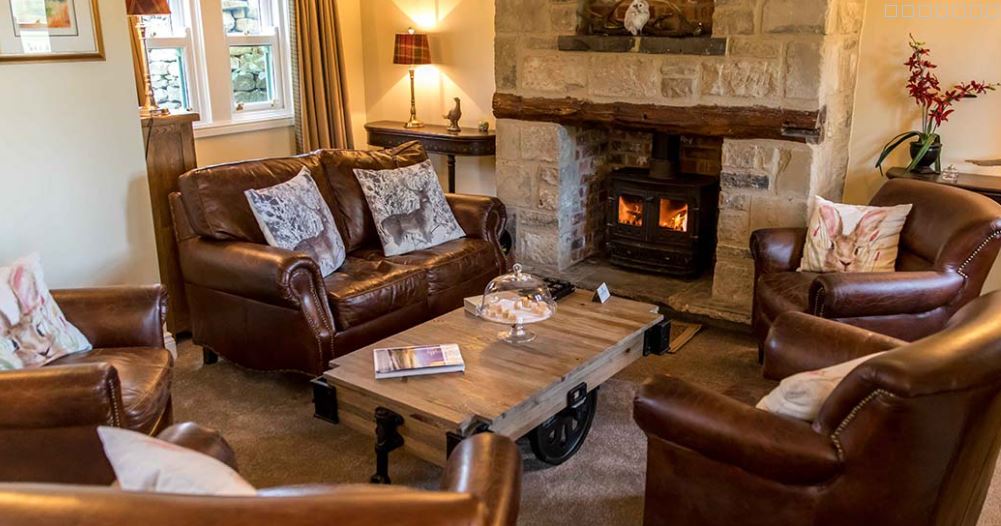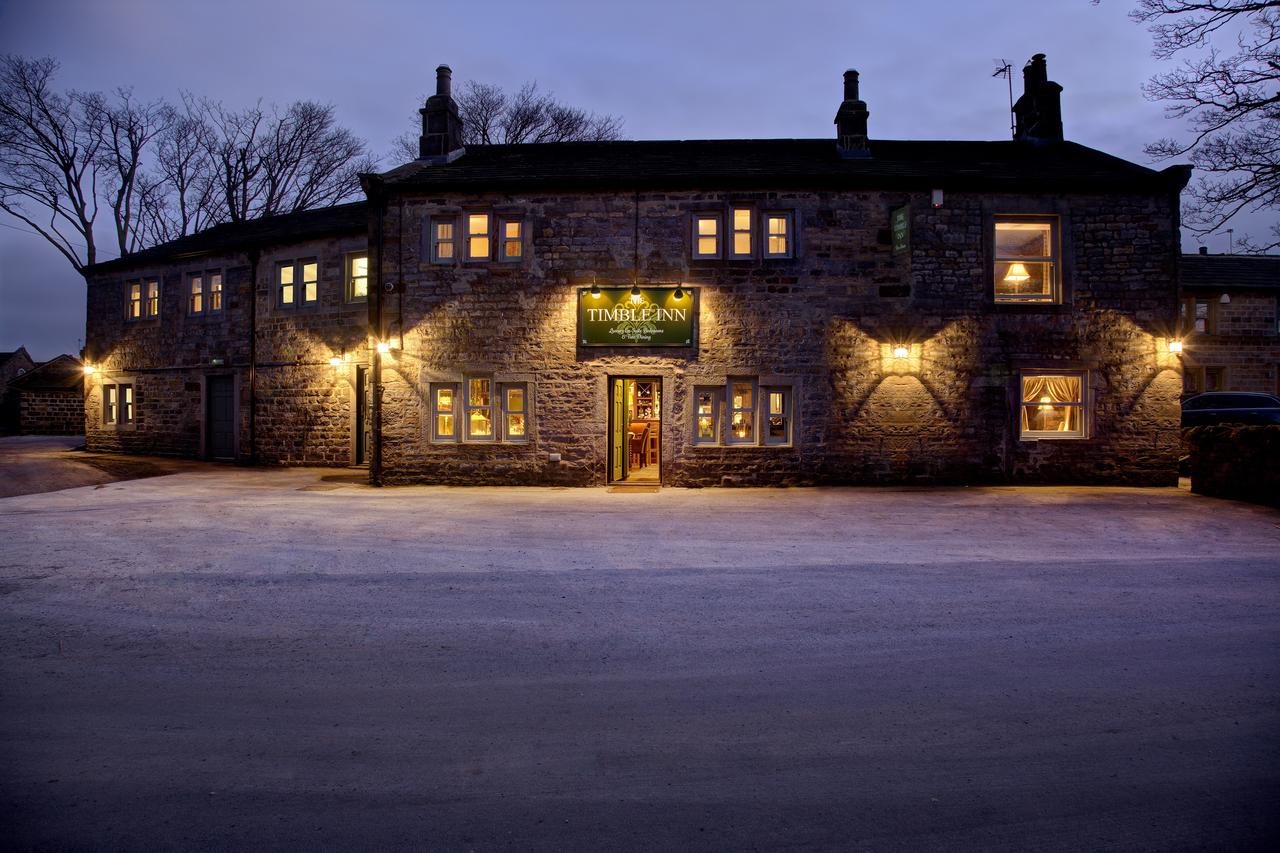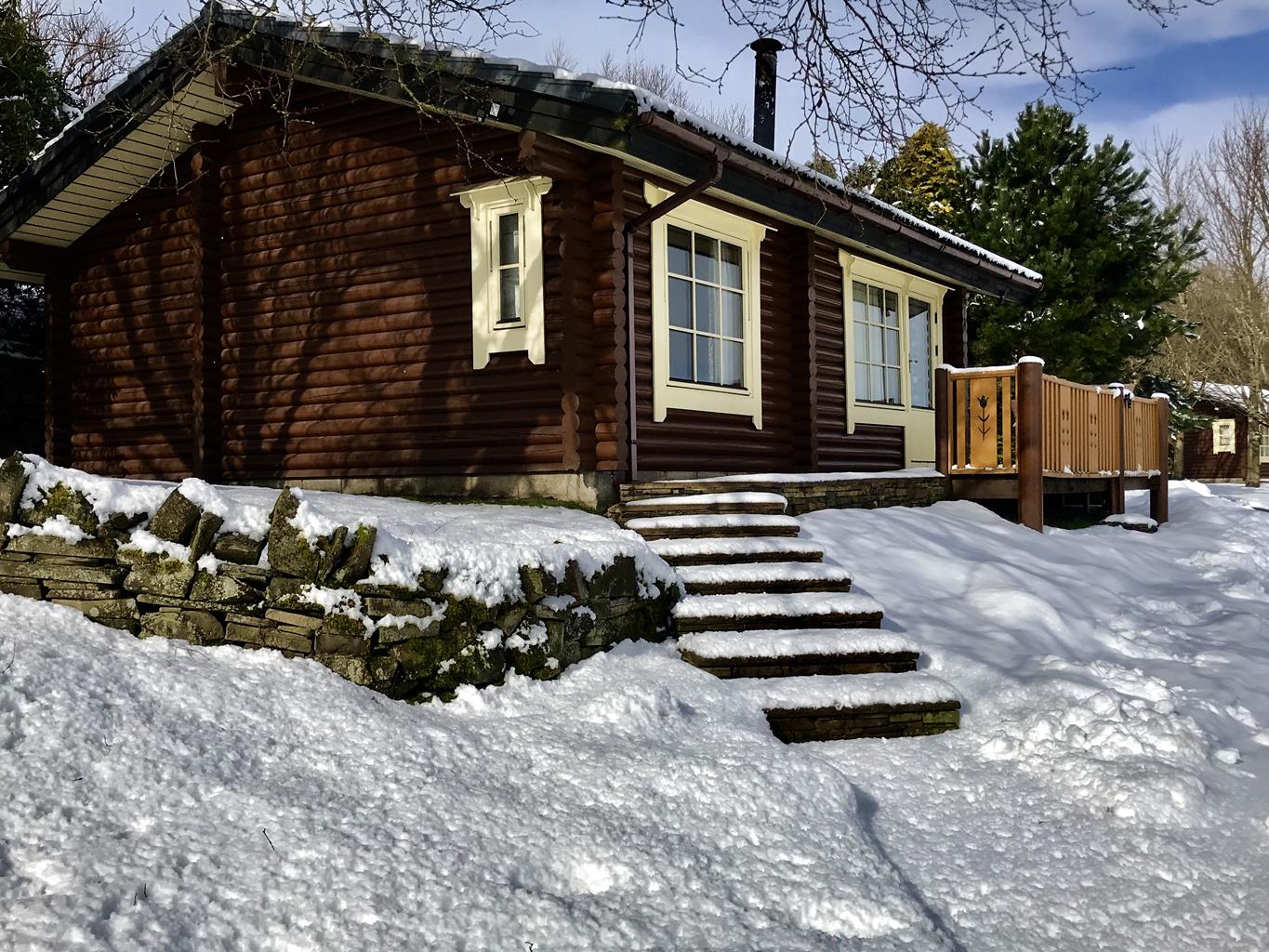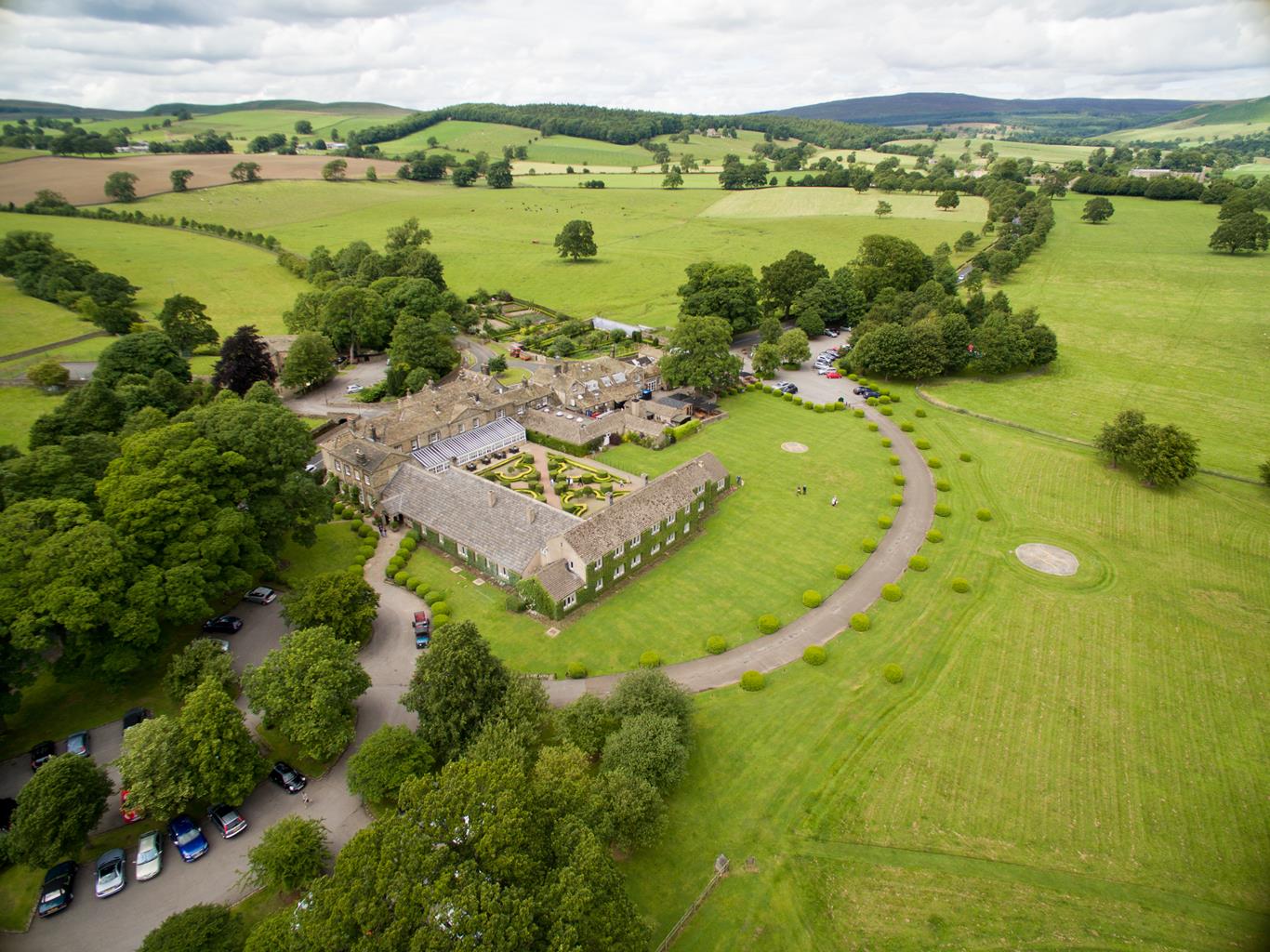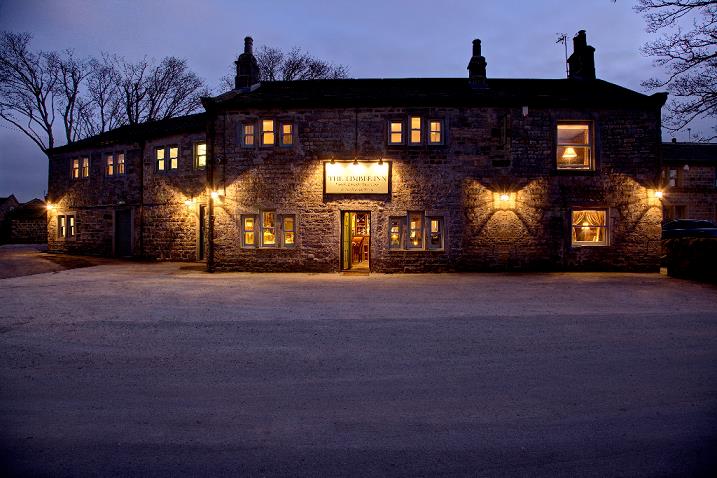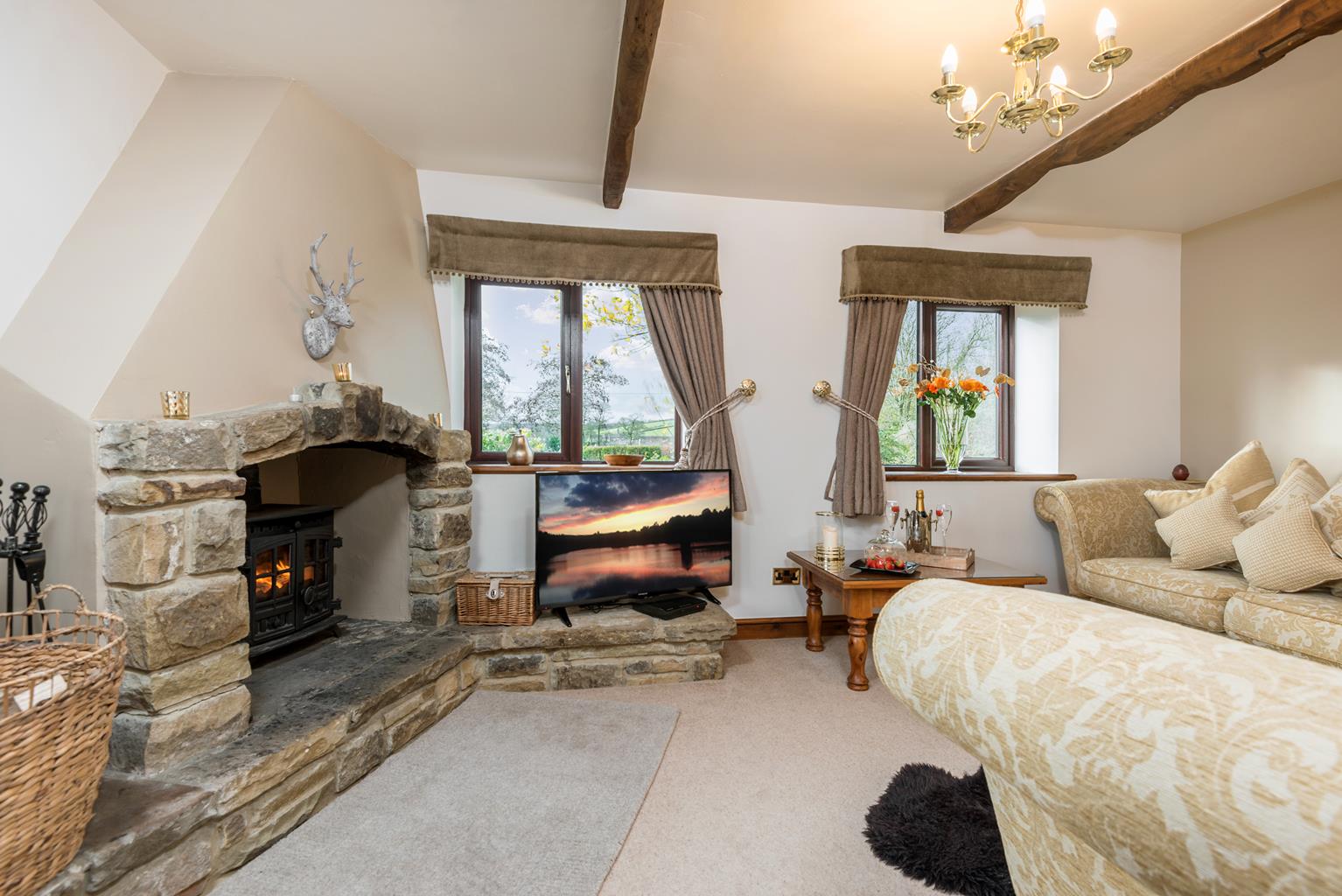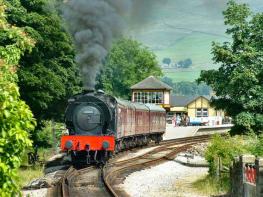Faweather Grange supplies beautiful Scandinavian lodges, perfectly located on the Moors between…
Ilkley Moor: White Wells and the Swastika Stone

An ancient symbol for luck or prehistoric graffiti? Judge for yourself!
3 miles (4.8kms)
About the walk
Today we associate the symbol with the German Nazi party and the horrors of the Second World War. But for millennia before the National Socialist Workers Party adopted it in 1920 and corrupted its reputation for all time, the swastika was a symbol of peace. In Hindu culture it is a symbol that occurs in holy texts, standing for luck or rebirth. It occurs in Bhuddism and the peaceful Indian Jainism religion, as well as other Asian and European cultures. So what is a 3,000–4,000-year-old swastika doing carved into a gritstone rock above the town of Ilkley? The answer is, of course, that no-one has a clue.
The Swastika Stone
The Swastika Stone is the best known of Ilkley Moor’s hundreds of examples of prehistoric rock art, though it is thought to be slightly more recent than the majority of cup and ring markings carved into rocks all over the moor. It depicts a shape with four curved arms, each ‘holding’ a cup mark, with another cup mark in each ‘armpit’, and one in the centre. The cups line-up in two rows of five, meeting in the centre like a cross.
The Bronze Age artist (or was it an Iron Age artist? Or a Roman-era artist?) who carved it had probably never seen the swastika-style Camunian rose, carved into a rocks in Sellero, ltaly, or the other rose designs in Val Camonica, but his work is virtually identical. The rose has been traditionally held to be a ‘good luck’ symbol but has also been interpreted as an image of the sun radiating life. Similar carvings are found elsewhere in Europe, including Sweden and Portugal, and one has even been reported in Australia, near Brisbane. Perhaps Ilkley’s Swastika Stone is an international symbol of good luck, perhaps it illustrates the heavens revolving around the sun. Perhaps it’s 3,000-year-old graffiti.
You’re welcome to form your own opinion when you see the stone for yourself, but note that the one close to the railings on Woodhouse Moor isn’t the original but is a modern reproduction, provided to offer clarity to the design; the real Swastika Stone lies directly behind it and is slightly less distinguishable thanks to 3,000 years – or is it 4,000 years? – exposure to the elements.
Walk directions
Take the ascending path from the uppermost corner of the car park, heading right at a fork, over a footbridge, then left at the subsequent three junctions to a driveway. Cross the grassy area in front of you to Wells Road.
Turn right along the pavement, keeping ahead into Westwood Drive when the road forks by Westwood Lodge. Maintain direction when the road bends off to the right, to enter quiet Westwood Drive, which in turn becomes Panorama Drive. Some 385yds (352m) later, by a house named Shambles Corner, take a walled path, signed 'Hebers Ghyll', to a wooden gate.
Pass through this into open country, turning right, past a small reservoir. A footbridge carries the path over waterfalls at Heber’s Ghyll. The less distinct moorside path beyond soon passes through a latched metal gate and crosses a second stream. Bear left at a junction encountered after 30yds (27m) to follow a moor-edge track right, to a small fenced enclosure on Woodhouse Crag, within which lies the Swastika Stone.
Stepping away from the crag edge you’ll find a broad track. Take this, heading back in the direction you came from, enjoying fine views towards the Cow and Calf rocks far ahead and, to your left, Wharfedale. After passing through a gate and crossing a beck, the trail brings you to the gate encountered at the end of Point 2.
Don’t go through the gate this time. Turn right and 700yds (640m) later fork left, below a small car park, to cross Spicey Beck and meet a road beyond. Cross and hop up the bank opposite to find the path’s continuation. Turn left for 550yds (503m) to its intersection with the driveway for White Wells Spa Cottage. If you’re in need of refreshment and a flag is flying, turn right. Otherwise, turn left, down to Wells Road, and bear right there to return to the car park.
Additional information
Quiet lanes, peaty paths and good moorland tracks
Urban fringe and open moor
Dogs should be under close control where sheep graze on the moor
OS Explorer 297 Lower Wharfedale & the Washburn Valley
Darwin Gardens Millennium Green car park, Wells Road, Ilkley
White Wells Spa Cottage (off main route) or Ilkley’s main town centre car park
WALKING IN SAFETY
Read our tips to look after yourself and the environment when following this walk.
Find out more
Also in the area
About the area
Discover
Nearby stays
Restaurants and Pubs
Nearby experiences
Recommended things to do
Why choose Rated Trips?
Your trusted guide to rated places across the UK
The best coverage
Discover more than 15,000 professionally rated places to stay, eat and visit from across the UK and Ireland.
Quality assured
Choose a place to stay safe in the knowledge that it has been expertly assessed by trained assessors.
Plan your next trip
Search by location or the type of place you're visiting to find your next ideal holiday experience.
Travel inspiration
Read our articles, city guides and recommended things to do for inspiration. We're here to help you explore the UK.

